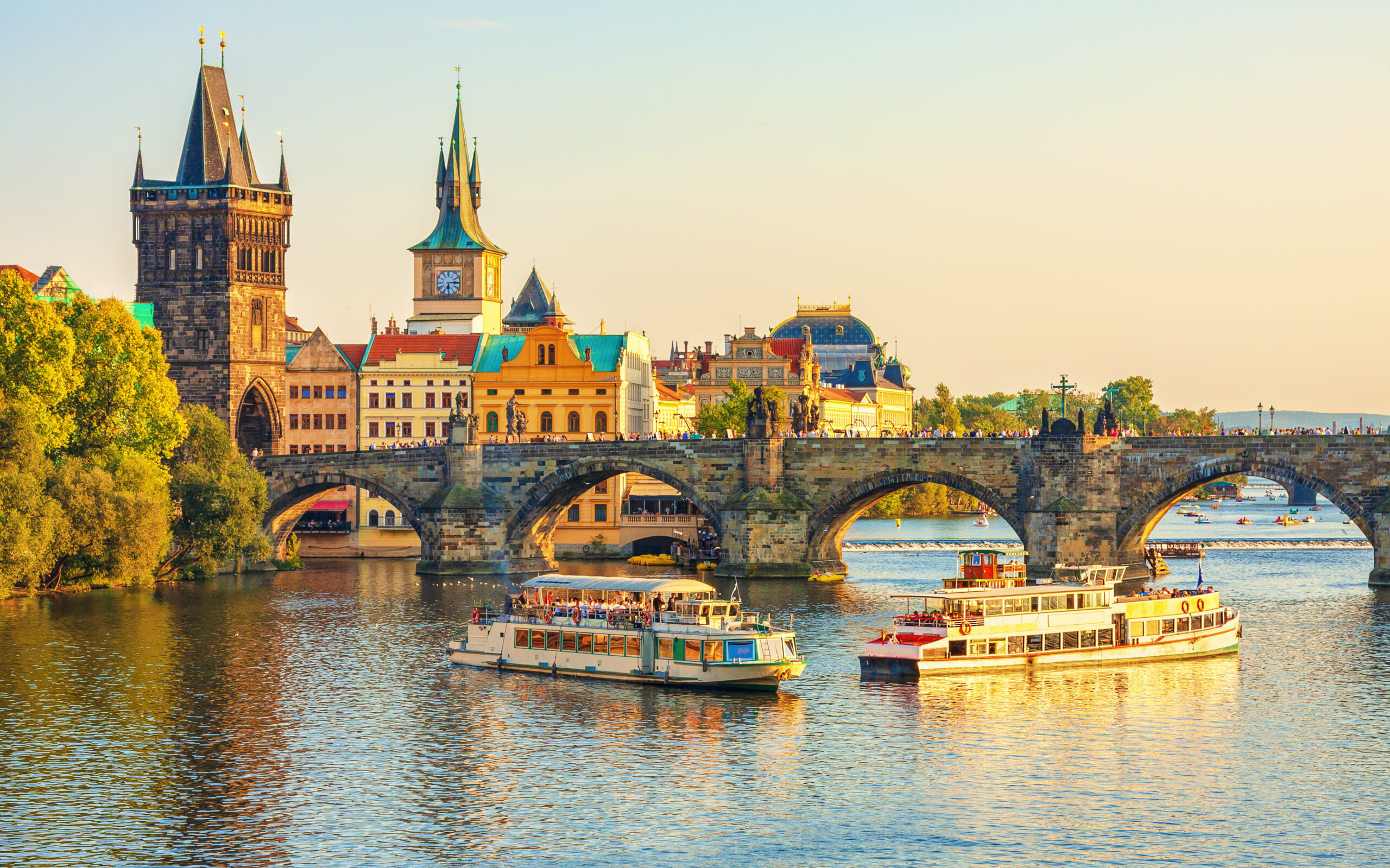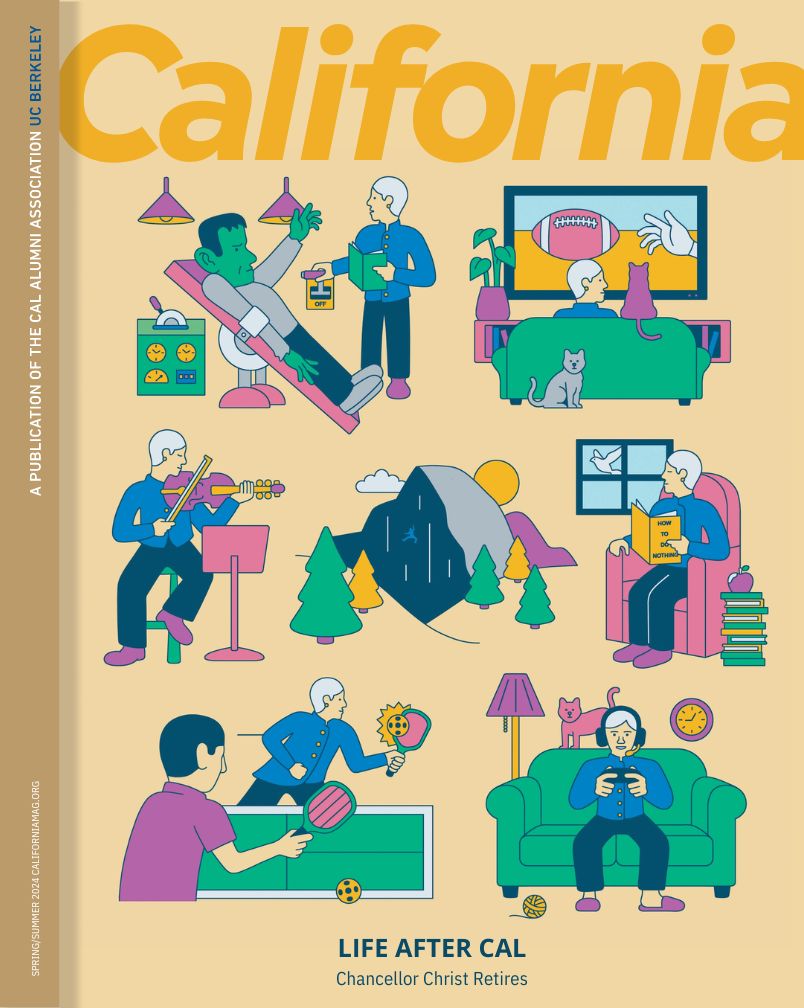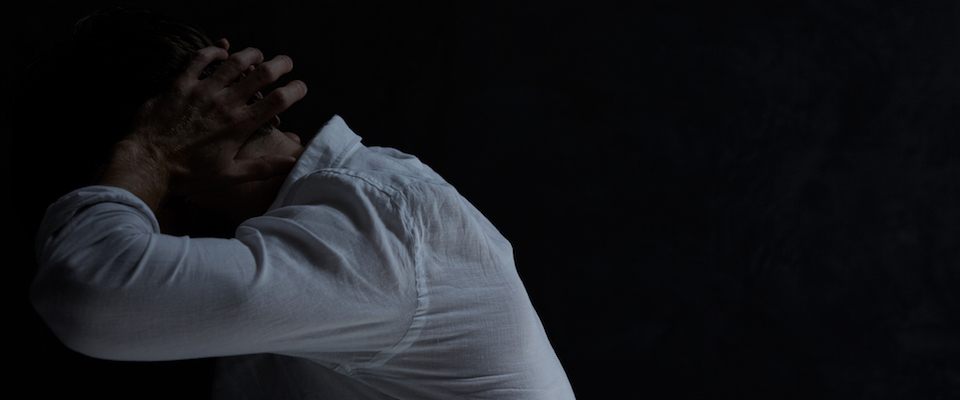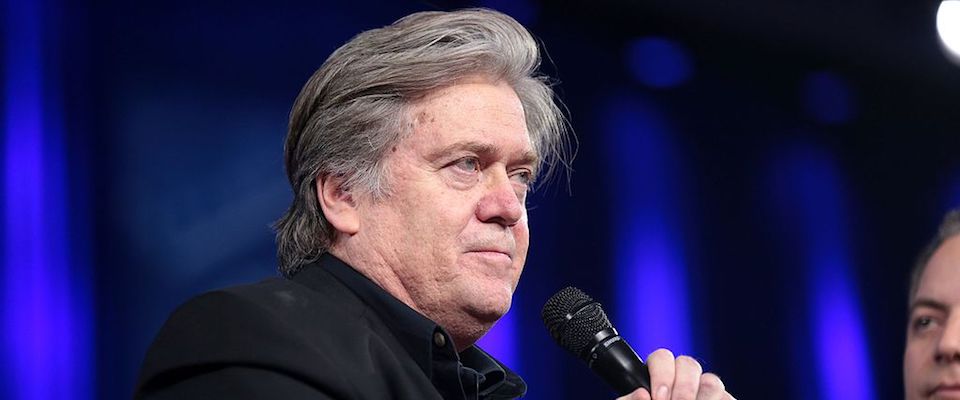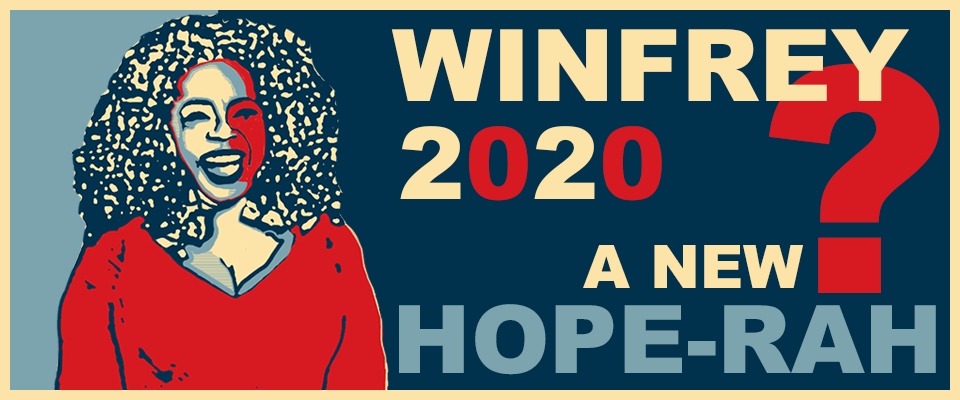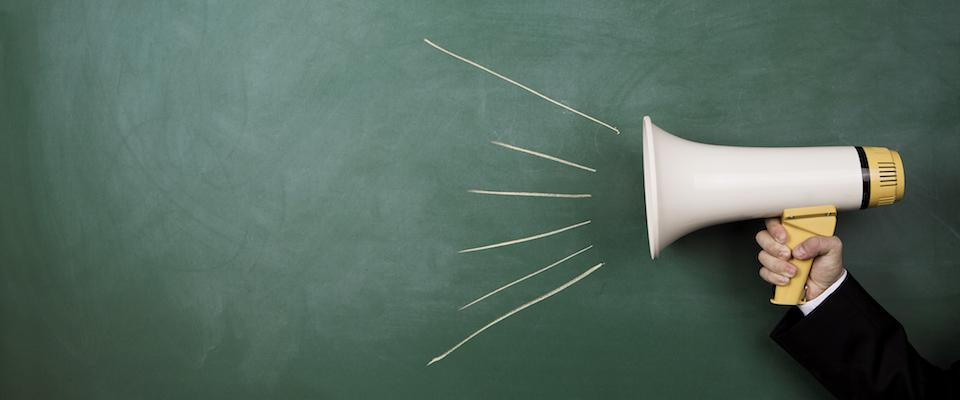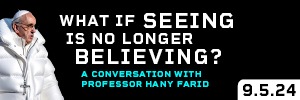UC Berkeley played host to myriad free speech controversies this year—including violent Antifa protests of conservative pundit Milo Yiannopoulos and a proposed faculty boycott of classes during Free Speech Week—much of it predicated on the assumption that speech is harmful. There are even Cal faculty members who are in agreement that speech can hurt, with Berkeley cognitive science and linguistics professor George Lakoff saying that it can alter your neural system.
“Ideas that are repeated over and over or are induced by trauma are physically there, and if they’re repeated a lot in threatening form, that creates fear, and distrust,” Lakoff says, which makes you “not free to function as a normal human being.”
These “speech hurts” theories have spawned arguments that such harm justifies censorship. To which the current law says: too bad, so sad.
“Let me separate what the law is and what the law should be. Free speech means that you can’t be stopped from speaking or punished because of your ideas or your viewpoint,” says Erwin Chermerinsky, Berkeley Law dean and coauthor of a new book titled, Free Speech on Campus. “I wish that hateful speakers didn’t come onto campus, but they have the First Amendment right to do so…. The fact that speech can be upsetting and cause emotional and physical pain isn’t the basis for stopping the speech.”
Chemerinsky asserts that the preservation of our free society and academic freedom depends on the tolerance of ideas. If we allow restrictions on an idea one group finds offensive, he says, then there’s no stopping point.
“We don’t want the Trump administration running with a closed speech doctrine.”
“The only way our speech can be protected tomorrow is to make sure we’re protecting the speech that we don’t like today,” Chemerinsky says, noting that historically, when First Amendment rights are violated, it’s minorities, abolitionists, and civil rights advocates who suffer, not those in power.
A classic example is the civil rights protests in the South, when many African Americans were imprisoned because of unconstitutional restrictions on speech. As members of the Albany Movement of ’61 and ‘62, Martin Luther King and others were arrested for praying outside of city hall to end segregation.
“If you’re a liberal or a leftist, I think you want to be very careful about wanting to institutionalize restrictions on speech. In the past we’ve seen how this has worked to the detriment of minorities, and it can again,” said Steven Hayward, a conservative visiting scholar with the Institute of Governmental Studies, at Berkeley’s free speech panel this year. “We don’t want the Trump administration running with a closed speech doctrine.”
Professor john a. powell (who spells his name in lowercase), law and ethnic studies professor and director of the Institute of a Fair and Inclusive Society does not agree. Tolerating speech that is potentially damaging, he says, impinges on others’ freedoms, allows harm without repercussions, and may allow white supremacy to flourish.
“Some things injure other people, and both the concept of liberty and equality doesn’t allow us to injure other people with impunity.”
“The country has not been this divided since the Civil War. We are fighting the Civil War and the South is winning,” powell said at the free speech panel, asserting that the Supreme Court’s position on free speech—that hate speech is necessarily protected speech—is flat-out “wrong.”
“And it’s not the first time they’ve been wrong. They’ve been wrong many times. They supported the fugitive slave law, they supported segregation, keeping women out of the workplace.”
Powell directly addressed the audience, urging people to not accept the Supreme Court’s “wrong” interpretation. “We are moral beings, and we have to think about things in a much deeper way than just what the court said,” powell said. “Some things injure other people, and both the concept of liberty and equality doesn’t allow us to injure other people with impunity.”
Of course, free speech isn’t absolute and all speech doesn’t go unpunished, says Chemerinsky; there are types of speech that aren’t protected by the constitution—like child pornography, false and deceptive advertising, and libel. And there can be time, place, and manner restrictions as to when and how speech occurs, but those restrictions must be reasonable—meaning speakers can’t be discriminated against based on the content of their ideas.
Berkeley Chancellor Carol Christ said she was surprised at the extent to which students use words like “hurt” and “injury” when discussing speech.
But powell makes the point that if sexual harassment in the workplace and libel are punishable forms of speech, recognized as harmful, we should question why hate speech gets a pass. That doesn’t mean, he says, that all speech that can be harmful should necessarily be banned, but: “The rationale, the underlying jurisprudence of speech is radically incoherent—and we avoid [discussing] that incoherence by denying the fact that speech can, in fact, injure. And I would go so far as to say that a lot of the people…. are engaging in harmful acts, and that’s their intent.”
Of course, it’s difficult, if not impossible, to measure intent. And because of this, if people are in fact using speech with the intention to hurt, Chemerinsky says, it’s important that we maintain our right to fight back.
“Would we be better off if the campus had the power to prevent the speakers that they find offensive from being there?” Chemerinsky says. “We might think that’s our ideal, but I still worry that’s what would have kept students from protesting segregation, or from protesting the Vietnam War. When you give the government the power to censor the speech that we find offensive, it’s going to be used against us.”
Berkeley Chancellor Carol Christ, who has repeatedly said that the best defense against hate speech is more speech that opposes it, said she was surprised at the extent to which students use words like “hurt” and “injury” when discussing speech.
“On the one hand, there is a much greater understanding and consciousness of how words hurt,” Christ told the LA Times. “But I believe that the hurt that words do is very different than the hurt that physical aggression does.”
Regardless of any hurt or discomfort one may experience from speech, Hayward says that we need to consider what rules a democratic society needs to abide by to function.
“It raises the fundamental question,” Hayward says, “What are the boundaries of what a society can tolerate, while preserving itself?”



